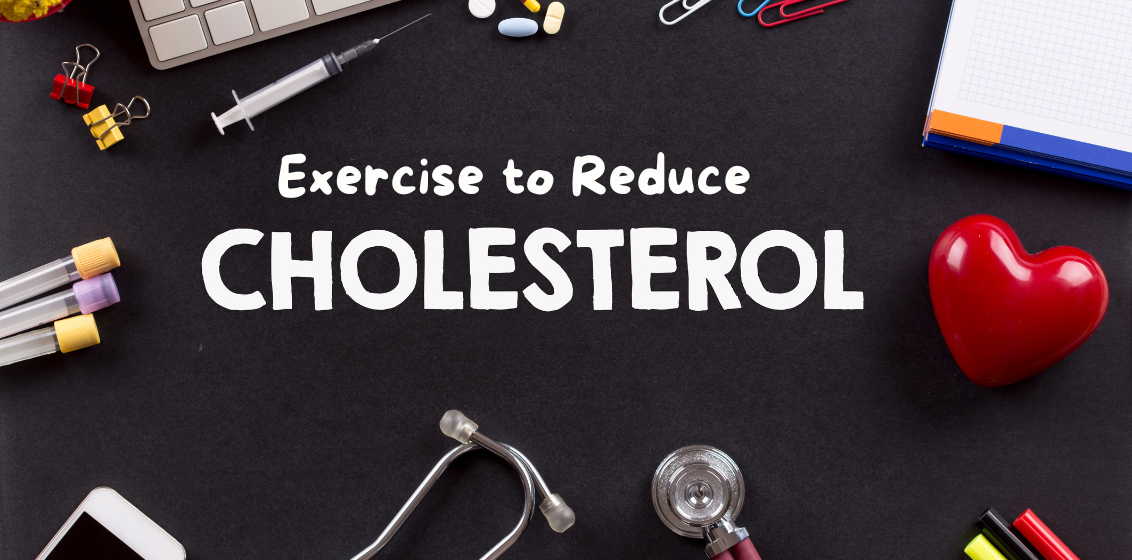Shin Splints: Help!!!

“Shin splints” is a real problem for anyone taking part in running sports. It’s one of the top 3 running related injuries. Weirdly, the name “shin splints” is taken from a common injury in 2-year-old racehorses, where they damage the “splint bone” in their shin.
Running related shin pain in humans is usually caused by one of a few different conditions. Read on to find out what they are, how they differ and how we can help you get them under control and get back running
The most common causes of shin pain while running are
- Medial Tibial Stress Syndrome (MTSS): this is pain along the inner side of your shin bone, usually 5-10cms in length
- Stress Fracture: this is pain in the same area, but more severe and much more localised, like the size of a 5c piece instead of the length of your hand. It can also happen on the front edge of your shin bone
- Compartment syndrome: this happens in the muscles in the front of your shin, or deep in the back of your calf and produces pain, feelings of swelling or tightness and cramping in the muscles with exercise
The treatment for each of them is different so getting an early diagnosis is important.
What causes these conditions?
- For MTSS, studies show there is an area of decreased bone density, bone stress and microfractures. It’s long been thought of as a soft tissue injury and treated with rest and anti-inflammatories, but the evidence shows us that this is a bony overuse issue. There is some thought that the strong, deep calf muscle, the soleus can be involved as it pulls on the lining of the bone in the area of greatest soreness in MTSS.
- Stress fractures are fatigue fractures of the bone. If you gently bend a spoon often enough, eventually the steel will snap. This is what happens with a stress fracture. Overload the bone with high impact bending forces and if the load is greater than the capacity in the bone, the bone will crack. There is a school of thought that MTSS is the gateway to stress fracture, and in practice, it can often be difficult to tell a severe MTSS from a stress fracture
- Compartment syndrome is different. Muscles in the body are grouped together and surrounded by strong soft tissue called fascia. When we exercise, our muscles fill with blood and expand. If the fascia around a compartment of muscles is too tight, the muscles can’t expand, and pressure increases inside the compartment. This is thought to impair blood flow and possibly compress nerves. The result is usually achey pain, a feeling of tightness or swelling and in some cases numbness and muscle weakness.
The common thread in these painful shin problems kicking off is usually an increase in running. It’s very common in pre-season for our winter team sports and extremely common in the military during basic training. Starting a half-marathon training program from scratch would be another example.
So how do we treat these issues?
- MTSS: there is no gold standard, quick fix treatment so we use a common-sense, logical approach. If your bone is overloaded and showing signs of stress, we need to back that stress off. We’ll usually try and modify, not stop, your training at first. We’ll look at your flexibility and strength, foot type, running shoes and address factors we think are contributing. We’ll ask about medical or health issues that may affect your bone density. We’ll usually try some taping to reduce the pull of your calf on the inside of your shin. The research shows it can take 9 months to get under control, we find we get better results if you act early
- Stress fracture: if we suspect stress fracture, we’ll get scans to confirm the diagnosis. Unfortunately, you can’t run through a stress fracture so you’re looking at some bench time. We’ll use this down-time to address strength and endurance in your shin and calf muscles, as they protect the bone from loads while running when you make your comeback. Special note: an anterior tibial stress fracture (localised pain on the front of the shin bone with running) is a serious injury, with potential for the tibia to completely snap so we’ll usually put you on crutches and be extra cautious until we can rule that out.
- Compartment syndrome: soft tissue massage, stretching and modifying your training load are the most common treatments used for compartment syndrome. There’s some encouraging research coming out of military groups showing that gait retraining and changing the biomechanics of your running style can be effective in treating compartment syndrome. This is good news as the next line of treatment includes surgery to take out windows of fascia around your shin and calf muscles, with varying success rates.
Our overall approach to shin pain is to
- Take time to understand the role of running in your life
- Find out your recent running story
- Do a thorough running-specific screening of biomechanics, flexibility and strength
- Perform a treadmill running analysis and look at metrics on your smartwatch/Garmin
- Give you straight-up advice, educate you properly about your injury and
- Map out a plan to get you back to running



